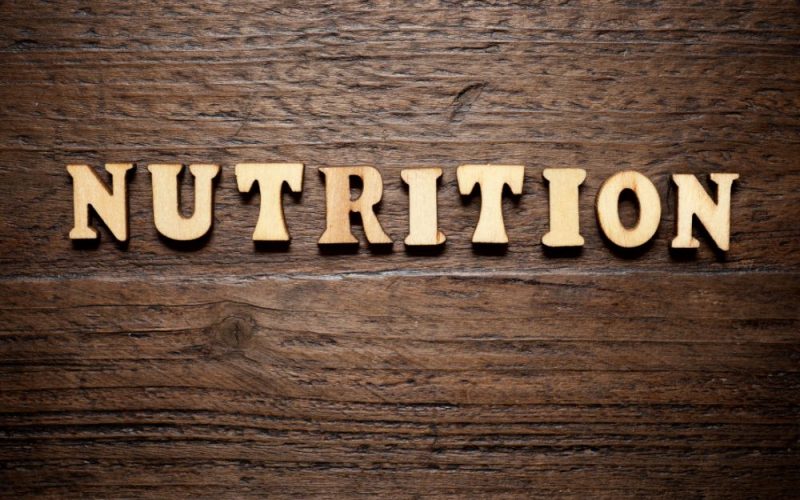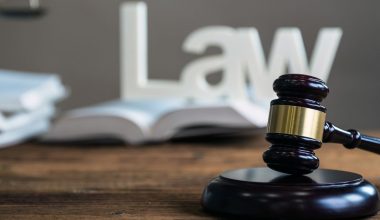• Eating healthy food is more than a function of counting calories. It also takes into account the types of foods from which the calories are derived and the pattern of eating meals during the day.
• Heavier calories in the morning and lighter in the evening.
• Always read and beware of the nutritional information/facts of the food you buy or eat.
HEALTHY FOOD BASE
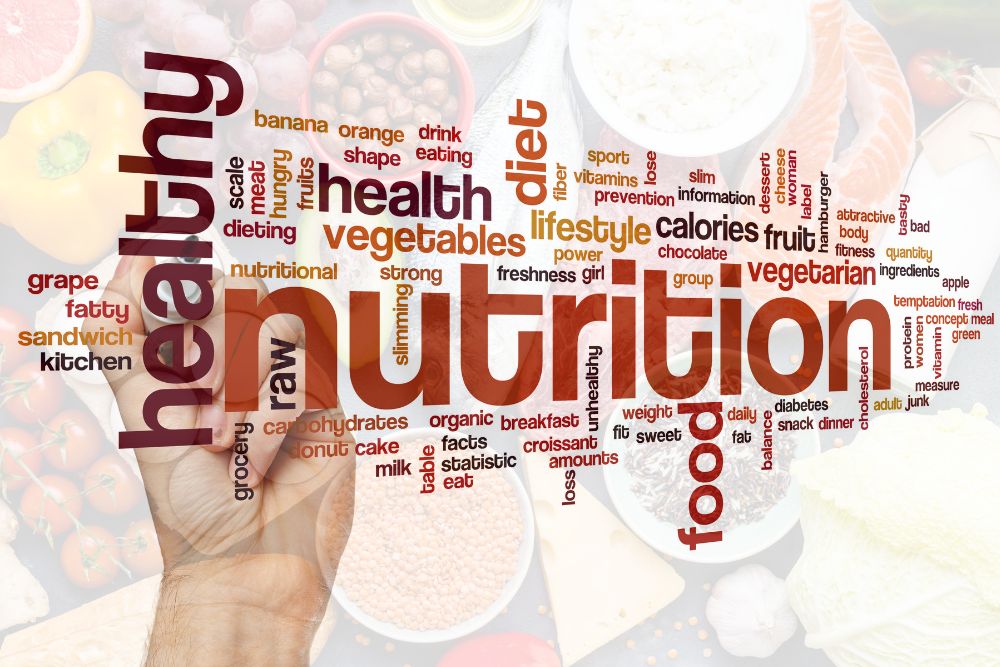
• Stay away from fried foods, white flour, white sugar, and excess fats.
• Choose a daily variety of grains, fruits, and vegetables.
Plant foods are good for they add of plenty of bulk but few calories to the diet, are usually low in fat,
have no cholesterol, are high in fibre, and rich in phytochemicals. Hence most of the calories in our diet
ought to come from the plant foods. Natural raw food should make 80% of your diet.
• Cut out white rice and white flour products from your daily meals. Eat whole grain bread and brown rice.
• Choose a diet low in saturated fat and cholesterol and moderate in fat.
Saturated fat and cholesterol have no beneficial effect, the less is better. Beware of the label ‘fat free’ as
other alternatives added may impart it high calories. Low fat items may be a tad better.
Overall, our diet should derive no more than 30% of its calories from fat, no more than 10% of calories
from saturated fat, and 300 mg or less of cholesterol a day. {Calculate fat and its percentage in every
food. You need to know the total calories in the serving and the number of grams of fat. Remember 1
gram of fat is 9 calories. Calculating the number of fat calories will give you their percentage in the total
number of calories).
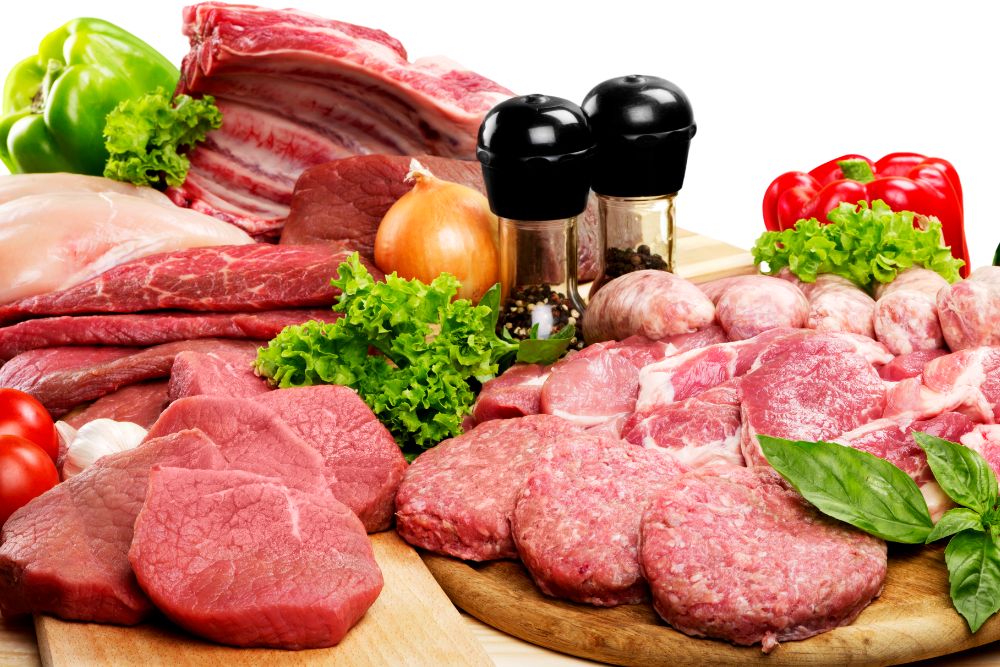
• Wash the chopped meat. Red meat no more than three times a week. (Avoid chicken skin. Tuna, trout,
salmon, swordfish etc are high fat fish).
• Choose food and beverages to control the intake of sugar.
• Choose and eat foods with less salt.
• For the foods you love, switch to low fat versions.
• Chose right oil. Never buy anything with palm or coconut oil.
• Avoid butter, oil, and salad dressings.
• Drink a lot of water regularly. At least 2.5 litres daily.
• If at all drink alcohol in moderation.
That is, not more than one drink. One drink is: One regular beer i.e. 330-350 ml (150 calories), 140-150, ml of wine, 45 ml of spirits.
RIGHT HABITS/DO’S AND DOESN’T
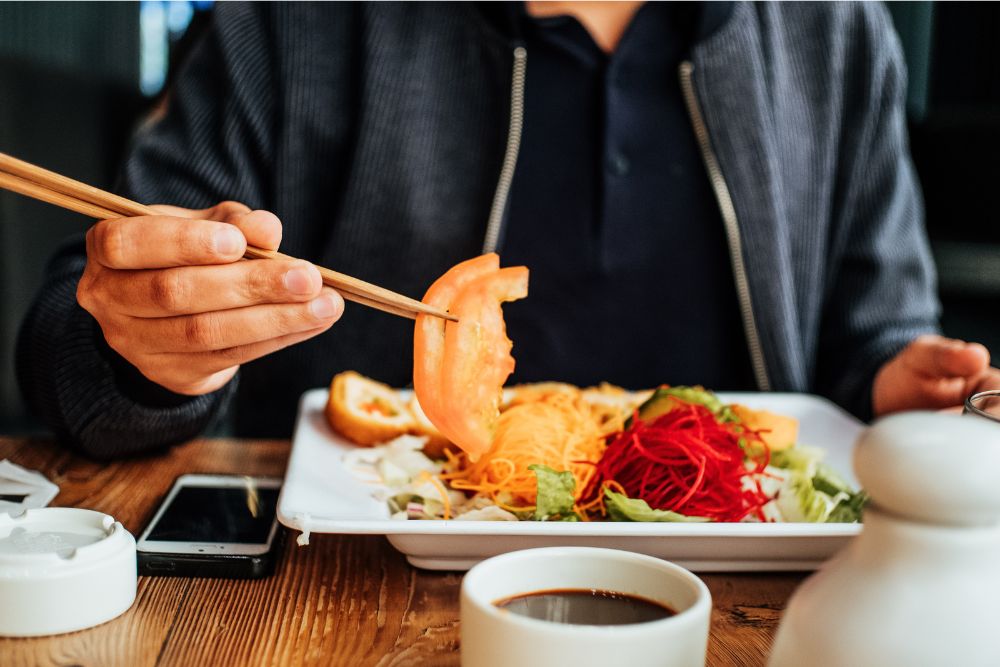
• Eat your meals slowly. It takes 20 minutes for your body to register that it is full. Choose or first eat the
foods that take longer to eat. Use knife and fork to take more time.
• When no other choice, eat unhealthy food in the end. (For example, fill yourself with daal, sabzi etc
before attacking karahi etc.).
• Avoid all fried food. Simply broil, boil, roast, steam, or bake the same food.
• Keep your fridge stocked with healthy food.
• Don’t use bad eating to celebrate.
• Beware of the people, events, and circumstances that make you feel unfocused. (Say, “no, thanks, I
will enjoy myself immensely just by being with you” or something to the same effect).
• Never let yourself become too hungry.
DRINKING
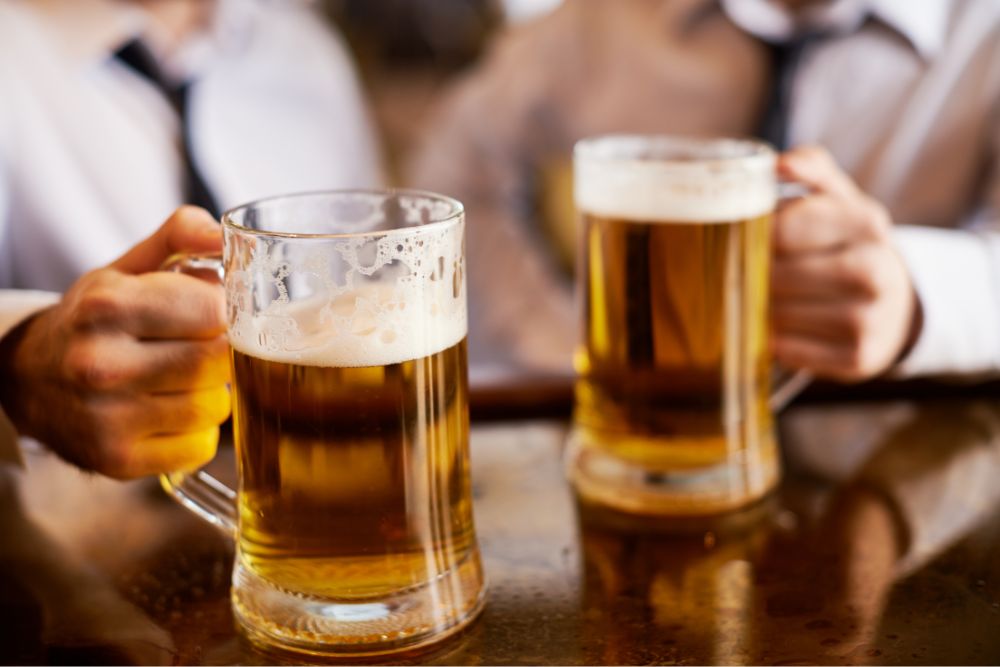
• Alcohol is a depressant and lowers your self-esteem.
• Not more than two drinks per day.
• Avoid cocktails that contain sugar.
• Drink at least one glass of water before drinking. Have some water between your drinks.
• Eat well before drinking. Never skip a meal before drinking to save calories. Feeling fuller stops from
over drinking.
• You do not have to drink when other people drink. You do not have to take a drink that is given to you.
• Create a spitzer by mixing your wine with club soda or mineral water. Beer is the next best choice for
dieters. Chose light beers to drop calories further. (Rum and soda, vodka, gin and tonic, whiskey and
water can be consumed in moderation).
• For drinking spirits at home, buy a measure rather than pouring from the bottle.
STATSTICAL INFORMATION
• One ounce = 28.3 grams
• About 60% of our weight is water, 20% is fat, and the remaining 20% is a combination of proteins,
carbohydrates, minerals, and vitamins.
• Resting Energy Expenditure (REE) for males of 30-60 years is = {11.6 X weight in kg} + 879
• Body Mass Index (BMI):
i) Divide the weight in pounds by the height in inches squared.
ii) Multiply the result by 705
Healthiest BMI is about 21.
ACTIVITIES AND CALORIES
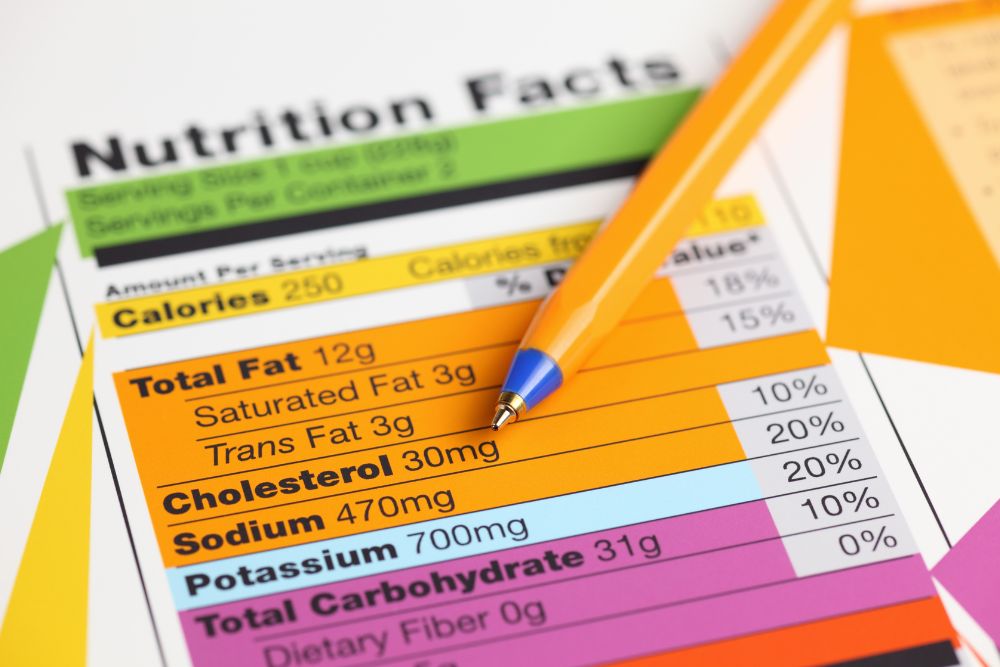
Activity Level
Activity
Cal/Hour
Resting
Sleeping, reclining.
As per REE
Very light
Seated (1.2cal/hr/kg) and standing activities, painting, driving, laboratory work, typing, sewing, ironing, cooking, playing cards, playing a musical instrument.
80-100
Light
Walking on a level surface at 2.5 to 3.0 mph, garage work, electrical trades, carpentry, restaurant trades,
house cleaning, child care, golfing (3.6cal/hr/kg), sailing, table tennis, painting the walls.
110-160
Moderate
Walking 3.5 to 4 mph (4.8cal/hr/kg), weeding and hoeing, carrying a load, cycling, skiing (9.6cal/hr/kg),
tennis, aerobic and dancing (5.4cal/hr/kg), swimming (7.8cal/hr/kg), jogging (9.0cal/hr/kg), skipping
(9.6cal/hr/kg), bicycling (6.0cal/hr/kg), callisthenics and stretching (4.2cal/hr/kg), lawn mowing, hiking
(7.2cal/hr/kg).
170-240
Heavy
Walking a load uphill, tree felling, heavy manual digging, basketball, climbing, football, soccer, running
(11.4cal/hr/kg).
250-350
Very Heavy
Professional athletic training
350+
CALORIES IN FOOD
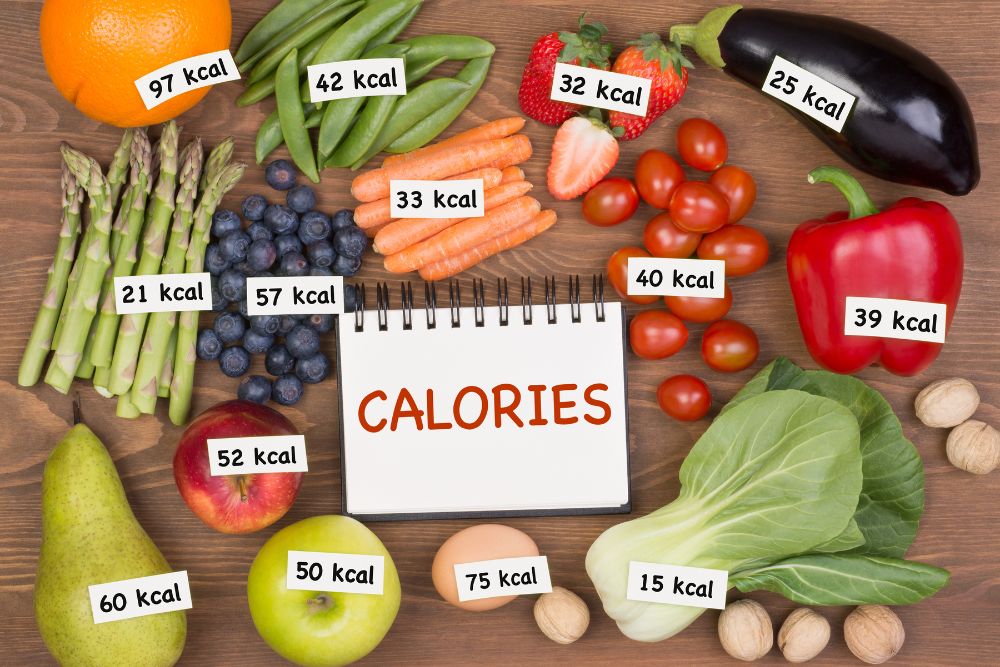
One gram of:
i) Protein has 4 calories
ii) Carbohydrates has 4 calories
iii) Alcohol has 7 calories
iv) Fat has 9 calories.
Some foods are empty-calorie foods, such as table sugar and ethanol. Hence substituting alcohol for
food leads to nutritional deficiency, most commonly a lack of thiamine (vitamin B1) resulting in loss of
appetite, an upset stomach, depression, and an inability to concentrate.
CHOLESTEROL/SATURATED FAT IN FOODS
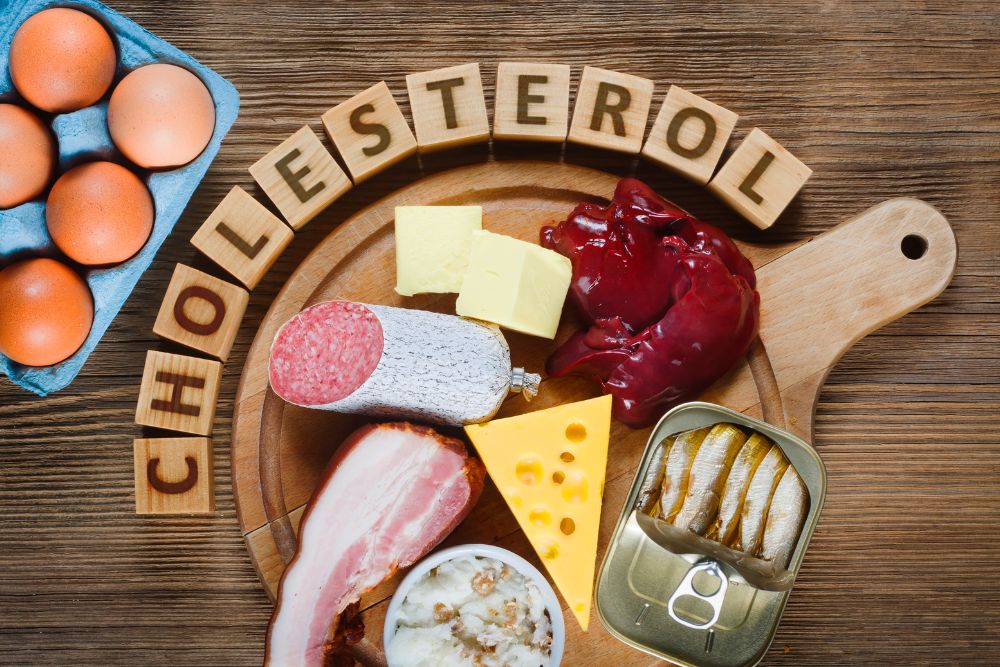
Saturated fats produce cholesterol. LDL (low density lipoprotein) is bad and HDL is good. The total
amount of cholesterol in the blood should be no higher than 200-220 mg/dl. Men should keep the ratio
of total cholesterol to HDL cholesterol below 4.6 and women should keep the level below 4.0.
LOWER
HIGHER
Fruits
Vegetables
Turkey and chicken without the skin
Fish
Skim milk dairy products
Non-fat yogurt
Safflower, sunflower, peanut, sesame, corn, and canola oil
Margarine
Peas, beans, legumes
Pasta without cheese or meat
Rice
Breads and cereals
Grain and grain products
Popcorn without butter
Egg whites
Beef (leaner cuts have less)
Cheese
Lunch meats and hot dogs
Butter
Whole milk, cream, sour cream, ice cream
Mutton and Lamb
Most imitation dairy products
Poultry skin
Coconut (oil also)
Palm kernel oil
Creamy salad dressing
Most desserts
Pastries and croissants
Deep fried potatoes
Chocolate
- Egg yolk
- Organ meats (liver etc.)
- Lobster, shrimps, crabs, sardines
- Not high in saturated fat, however, high in cholesterol.
In general if a fat is solid at room temperature, it is a bad fat. ‘Good fats” have salutary effect on
cholesterol. These come in two varieties; monounsaturated (e.g. olive oil, canola oil, and peanut oil) and
polyunsaturated (e.g. vegetable oils like sunflower, corn, safflower, and soybean).
FIBRE SCOREBOARD
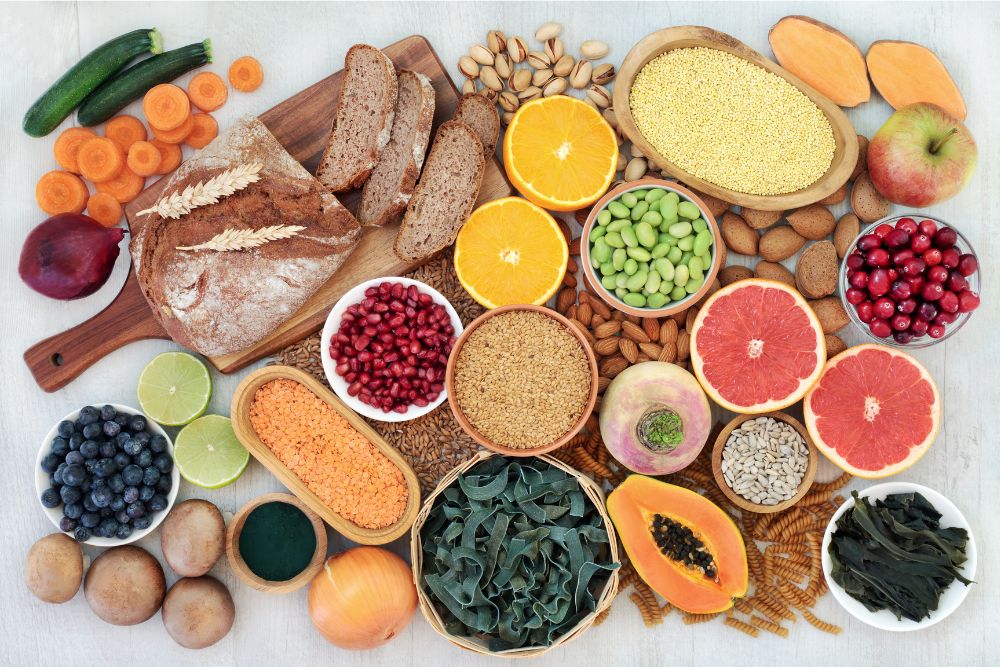
Adults should aim for average 30 grams of fibre each day. One should try to eat more fibre as this not
only cuts down on calories but also improves satiety. Fibre also cleans out our digestive track and helps
to control cholesterol levels by cleaning out the arterial areas.
APPROXIMATE FIBRE IN GRAMS
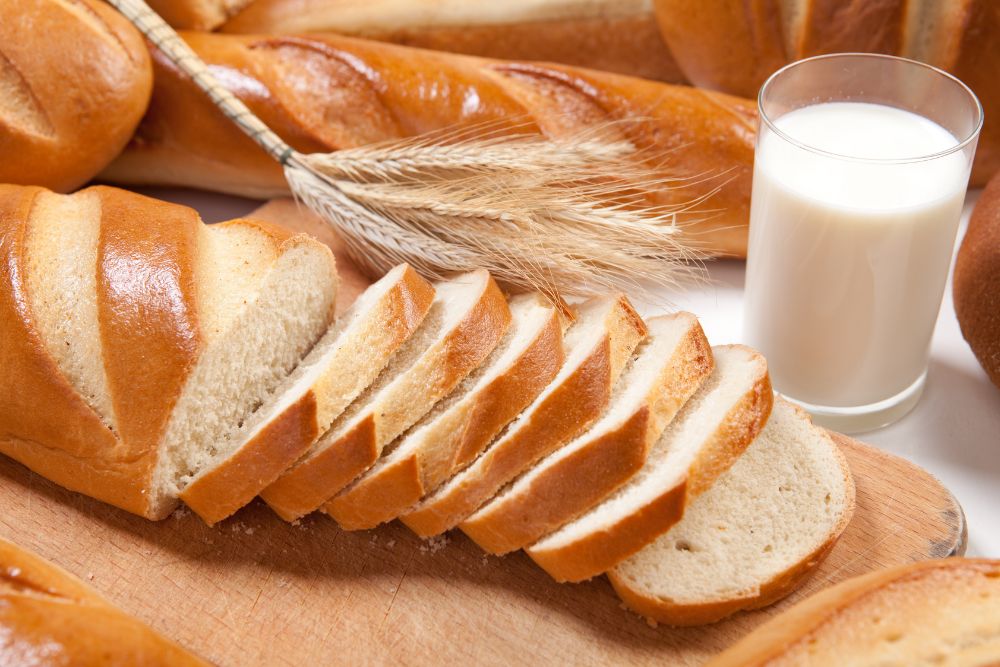
All milk and airy products ———————- 0
All meats poultry and fish ———————- 0
1 slice whole wheat bread ——————– 2.4
1 slice white bread —————————- 0.4
½ cup white rice cooked ———————- 0.3
Breakfast cereals —————————– 3-4
All bran and high fibre cereals ———— 13-14
Lentils cooked ——————————– 3.7
Baked beans ——————————— 7-8
Almonds ————————————– 1.1
Nuts ——————————————- 1.4
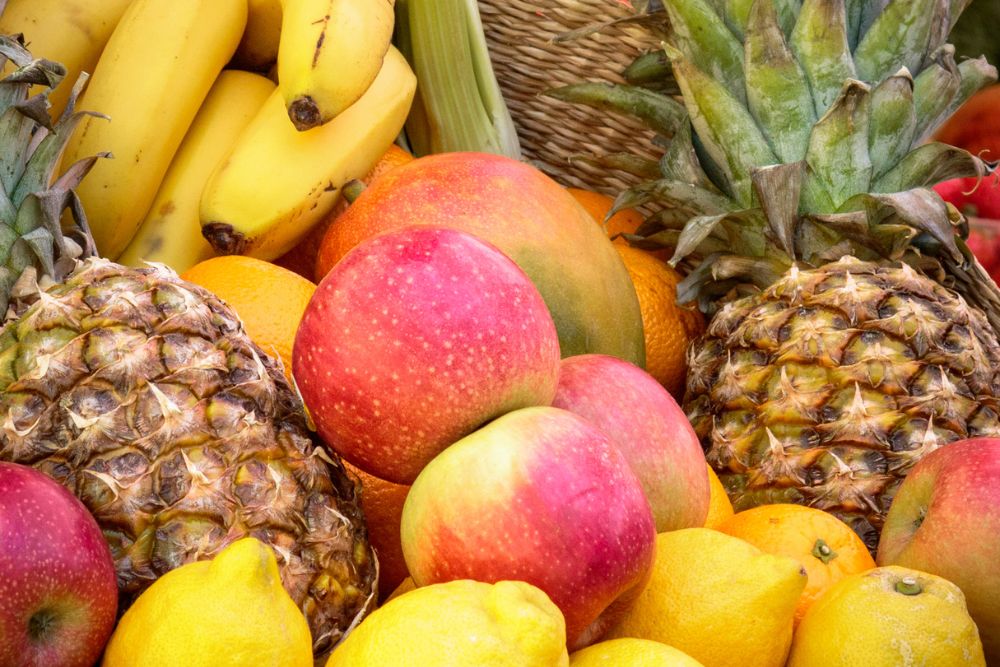
1 medium apple —————————- 3.4
1 medium banana ————————– 2.4
3 dates ————————————– 1.9
1 grapefruit ——————————— 3.2
1 mango ———————————— 1.9
1 orange ———————————— 2.6
1 papaya ———————————– 2.8
1 pear with skin —————————- 4.7
The vegetables with high fibre content, 2-4.5 grams in half cup, include broccoli, carrots, corn, green
peas, potatoes, spinach, sweet potatoes, tomato, and turnip.
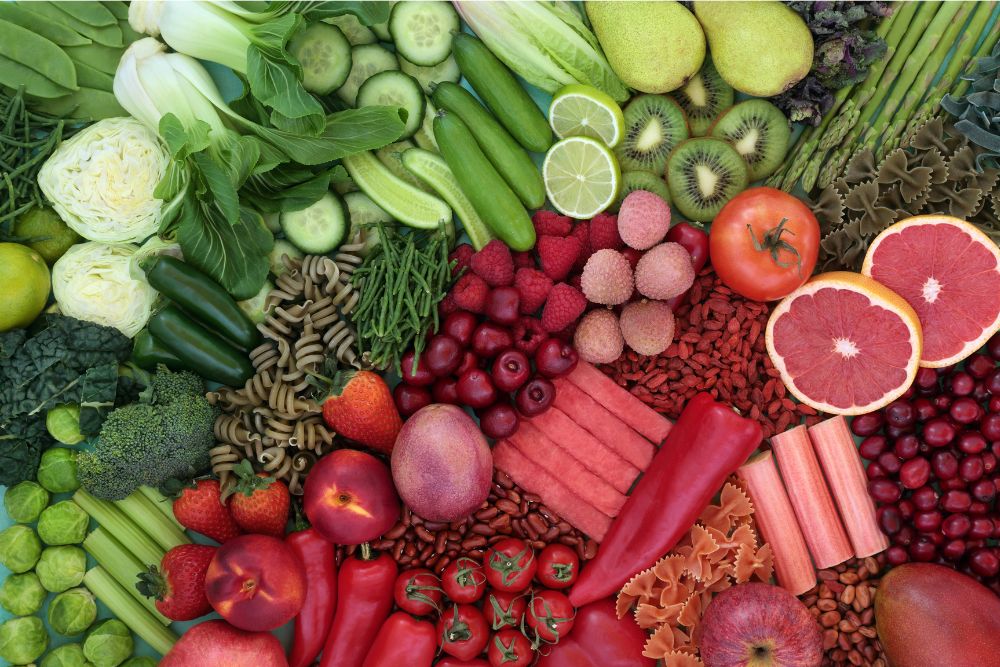
EATING SMART WHEN EATING OUT
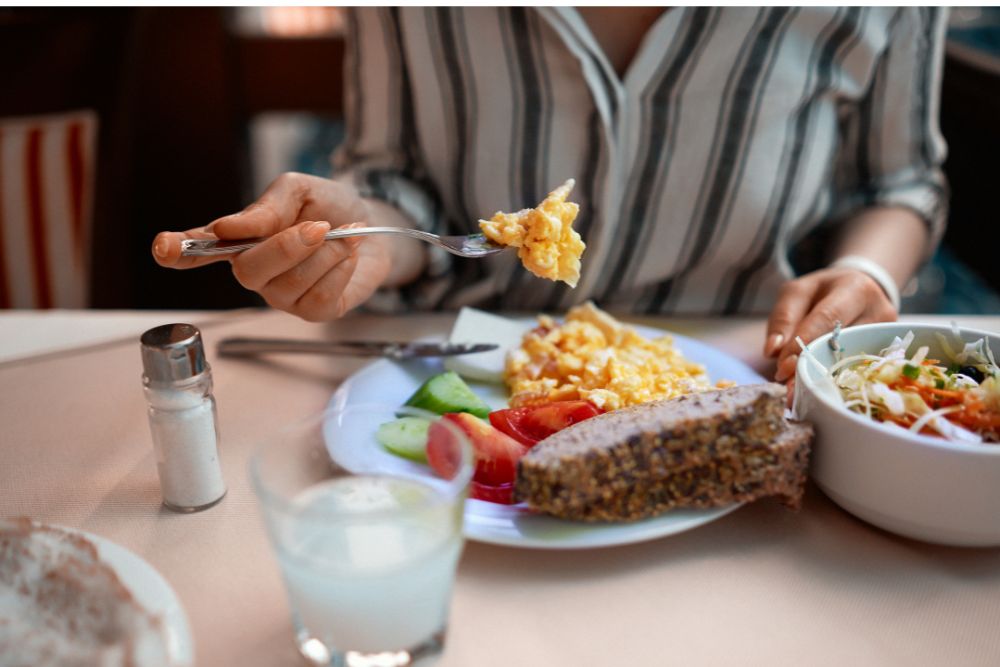
• Don’t eat bread or those French sticks.
• Skip butter or oil, as some restaurants serve a plate of flavoured olive oil. (Olive oil has less saturated
fat than butter, and it has no cholesterol, but the calorie count is exactly the same. You may even
consume more oil if you do lot of dipping). All fats and oils (butter, margarine, and vegetable oils) have
about 100 calories a tablespoon.
• Don’t oil the salad. Watch out against the dressing.
• To reap the low-calorie rewards, avoid ordering veggie dishes labelled: Au beurre, au gratin (with
cheese sauce), batter-dipped, breaded, fritters (fried), fritto (fried), hollandaise (sauce with butter and
egg yolks), and tempura (battered and fried).
• If the portions are too large, don’t feel obliged to eat all.
• Sideline sauces. Or ask the waiter to bring the sauce apart and take a table spoonful. Prefer tomato-
based sauces instead of oil-based sauces.

